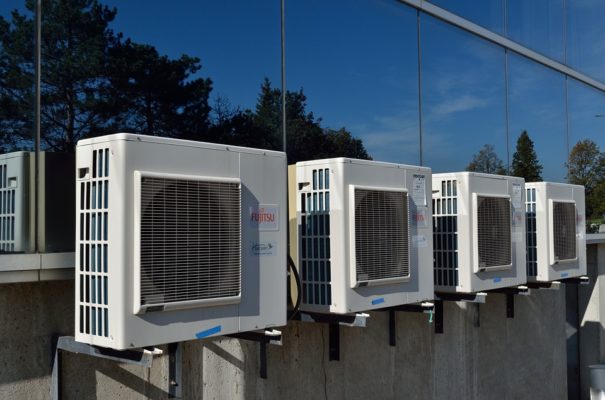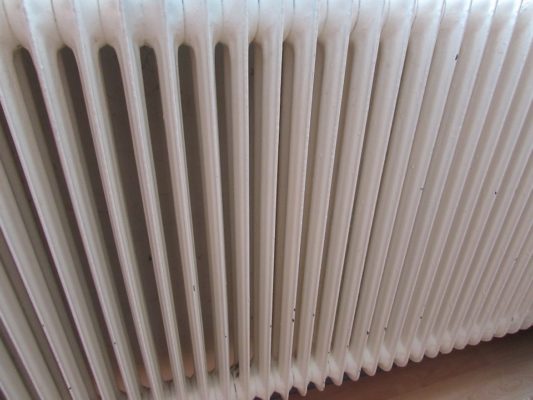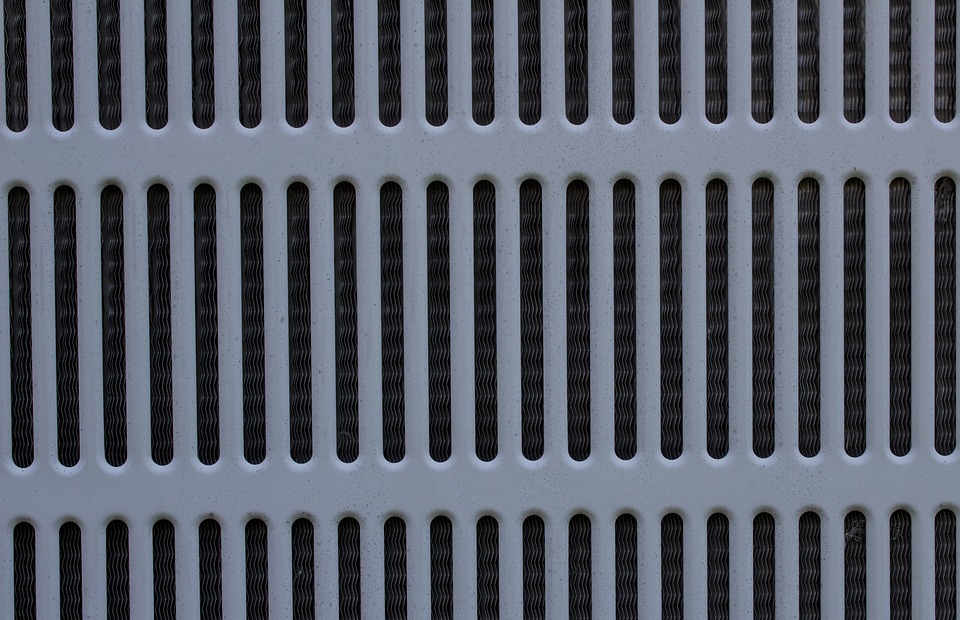Uncategorized
What Are Your Furnace Filters Made From?
Furnace filters protect the intricate mechanisms of your HVAC system from getting dirty while also removing particles from indoor air. Manufacturers will use different materials to make them, including spun fibreglass, polyester, and cotton. The material often determines the rating of the filter, telling you how effective it will be!
How Furnace Filter Ratings Work
Every furnace filter has a Minimum Efficiency Reporting Values (MERV) rating. This is a scale from 1 to 20, and the higher the number, the better the furnace filter will be at removing particles from the air.Manufacturers will include the MERV rating on the packaging, and the homeowner has to make sure to check it before purchasing the filter. Avoid options that rate higher than your HVAC system’s recommended MERV rating. They will force your furnace to work much harder than it should!
Now that you know what the MERV rating is, let’s examine the different materials used to make filters.
Fibreglass
Fibreglass filters have the lowest MERV rating, usually 2 – 4 on the scale. The filter is spun fibreglass an inch thick, and their thickness means they are only good for protecting the furnace parts from dust. They are inexpensive but not as effective as the other options, though if you don’t have any sensitivities or respiratory issues, you may not need to go higher.
Pleated Fabric
Pleated fabric filters made from polyester or cotton paper sheets are the next highest on the MERV scale. With a rating between 6 – 13, the pleated fabric is better at preventing dust and particulate matter from recirculating throughout your home.
One benefit of using a pleated filter made from cotton is that the fibres of the material self-charge, using static electricity to attract and remove more particles from the air. They are a little more expensive than paper pleated filters, but they can make a big difference in your indoor air quality.
HEPA Filters
High-Efficiency Particulate Air (HEPA) filters use borosilicate glass or polypropylene plastic fibres to filter out dust. These long, scientific words mean that HEPA filters are the heaviest-duty option available, and they will have MERV ratings of 17 through 20.
While they work the best at removing matter from the air, most home HVAC systems won’t be able to accommodate them. Most home furnace system would seriously strain the parts when they try to blow air through these super thick filters. If your HVAC equipment doesn’t have a rating that will accommodate a HEPA filter, don’t use them. HEPA filters are generally reserved for large businesses, hospitals, and homeowners with health problems like asthma or sensitive allergies.
What About Washable Filters?
 While most filters you’ll find in a home store are disposable, more homeowners are investing in washable furnace filters. These are often made from materials like aluminum and can use static electricity to attract finer particles. They can also last a long time – 3 to 10 years, depending on the model – but this lifespan depends on the homeowner cleaning them every month.
While most filters you’ll find in a home store are disposable, more homeowners are investing in washable furnace filters. These are often made from materials like aluminum and can use static electricity to attract finer particles. They can also last a long time – 3 to 10 years, depending on the model – but this lifespan depends on the homeowner cleaning them every month.
Whatever material you choose, buy a filter with the right MERV rating for your system. Most home furnaces need one with a rating between 7 – 12; anything higher than 13 is for commercial uses. As far as swapping out filters goes, a good rule of thumb is to change the filter after both the summer and winter. This keeps circulation strong and removes more dust out of your air!


